MEAD BOTANICAL GARDEN, INC.
Vision & Mission
Vision: An urban oasis where nature, people and culture are in harmony.
Garden Mission: The Mission of Mead Botanical Garden is to enrich the community through the discovery, enjoyment and celebration of nature and the cultural arts.
MBG Inc. Organizational Mission: Raise support, grow the organization and create a garden that is the jewel of Winter Park.
Values
- Stewardship (Demonstrating accountability, conservation ethic, sustainable practices)
- Integrity (Standing for respect, excellence, and sound management)
- Enrichment (Embracing culture, knowledge, learning, and discovery)
- Collaboration (Working together with creativity and care)
- Harmony (Balancing garden wildlife, community and culture)
- Leadership (Anticipating the future; guiding the direction)
- Community (Actively engaging a diverse, inclusive and connected community)
- Discovery (Learning through exploration and experience)
- Fun (Making it enjoyable)
Updated and Approved by MBG, Inc., Board, May 10, 2013
Goal of Education in Mead Botanical Garden
Develop a comprehensive education program for the Mead Garden Nature Center that considers all ages, uses a variety of programs and activities while creating lifelong nature lovers who practice sound environmental practices.
Mission
Ensure that nature and environmental education, based on sound science and effective education practices, promote and protect human health, the environment, encourage the love of nature, and promote community.
Values
Our core values identify what our board believes is the foundation for everything we do. These include:
- Engage all stakeholders in the community in educational activities
- Advocate for “Nature” and its affect on individual and community well-being.
- Consider the interests and needs of all members and the broader community.
- Balance accessibility with the need to develop and preserve habitat.
- Provide multiple formats for learning and enjoying the garden.
- Maximize the synergies among the public, private, and non-profit sectors.
- Ensure sustainability (social, biological, financial) for future generations.
Objectives
- Create environmentally sensitive and responsible citizens by laying the environmental blueprint for future generations.
- Teach values of ecosystems, stormwater, no pollution, technical knowledge about flora and fauna, unique environment of Florida, birding, and how these impact everyday life.
- Use innovative and creative teaching methods such as eco-tours, nature camps, hands-on learning, technology and storytelling year-round, by the “garden becoming the teacher.”
- Recognize Mead Garden historical importance while creating an environmental center where scientist, artist, community, educators, and families learn together.
- Emphasize importance of waterway education and value and importance of healthy waterways, discovery, personal development and replenishment.
- Restore sense of adventure and exploration – regain wildness while emphasizing conservation and sustainability.
- Maximize educational capacity, which may include relocation of city maintenance space so that everything is educational. (Relocation was accomplished 2008 – 2010).
Guidelines
- The Center should be continuously used during the day and on weekends.
- A variety of agencies (Rollins, OCPS, Winter Park residents, retirement center residents, home school families, scout groups, young parents) can use the Center if space is available.
- Although a fee for entrance to the Gardens cannot be charged, a program fee should be assessed for programs.
- Twenty percent of the fee should be assigned to administration and upkeep to help with the costs for the Center.
- It is believed that a Destination Center could be useful in the Garden until funding for a separate Visitor Center can be attained.
- Center must be appropriately staffed and security maintained.
- Appropriate lighting must be established.
- The area has many talented people who might be interested in sharing their expertise in the Center.
- Efforts should be made to create a “green” building.
Order of Priority
- Summer Camp Programs during the summer, spring break and other extended holidays.
- Programs for school age children during the school day.
- Programs for private schools, scout groups, home school families.
- Programs for young families with birth to five population.
- Programs for elderly.
- Programs for citizens of Winter Park.
- Outreach programs that include
– Suitcase exhibit that travels to schools, daycare centers, etc.
– Traveling Exhibit that are taken to schools by teacher. - Outreach Program exhibits in businesses, Chamber of Commerce, and Historical Museum.
- Virtual Experience for people who cannot travel to Gardens.
- Weekend Adventures such as Eco Saturdays for special groups.
- Outreach fild trips sponsored by Mead to other places.
- Historical perspective represented in static display.
- Community Outreach – ex. Duck Derby
- Car Shows
- 5K Runs
Two distinct areas are required to accomplish the above tasks – until the areas are completed and the programs can take place in existing space.
- Outdoor covered pavilion with demonstration table.
- Environmental Education Center Building with classroom space, lab, bathrooms,water, static visitor center exhibit and administrative space.


